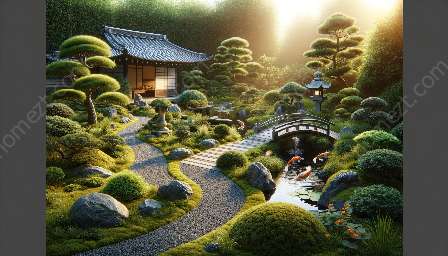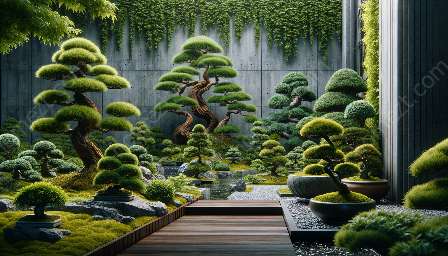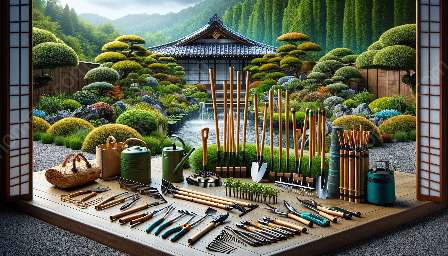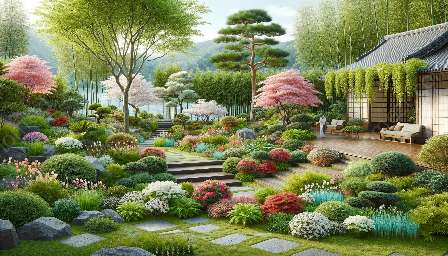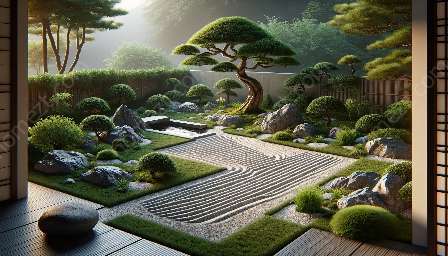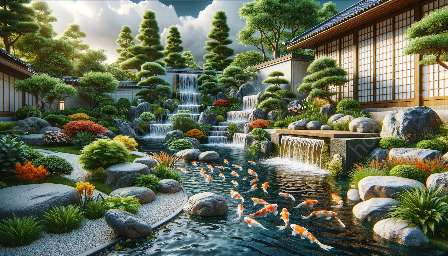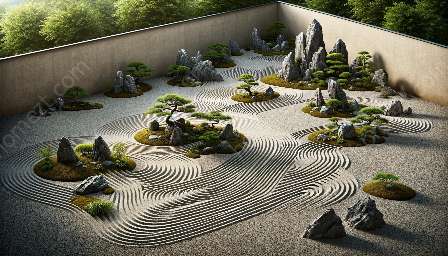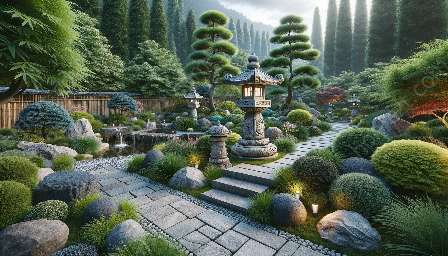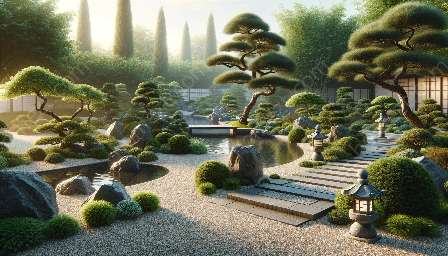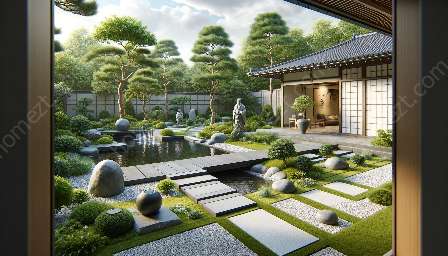Japanese gardens are known for their serene and harmonious designs that often incorporate natural elements such as stones to create a tranquil environment. In this article, we will explore the art of stone arrangements in Japanese gardens, their significance, styles, and techniques, and how they contribute to the overall beauty of gardening and landscaping.
The Significance of Stone Arrangements
Stones hold great significance in Japanese culture, symbolizing various elements such as mountains, islands, and even deities. In gardens, they represent stability, longevity, and the eternal presence of nature. The careful arrangement of stones is believed to create a sense of balance and harmony, inviting contemplation and meditation.
Styles of Stone Arrangements
There are several common styles of stone arrangements found in Japanese gardens, each with its own aesthetic and symbolic meanings. One popular style is the placement of three stones, known as 'Mitsu-ishi,' representing heaven, human, and earth. Another style is the 'Tobi-ishi' or stepping stones, which guide visitors through the garden and create a sense of movement and transition. 'Ishidoro,' or stone lanterns, are also integral to Japanese gardens, adding a soft glow and a sense of mystery during dusk.
Techniques for Incorporating Stones
When incorporating stones into Japanese gardens, careful consideration is given to their placement, size, and shape. An important technique is 'Karesansui,' the art of creating dry landscape gardens using carefully raked gravel to simulate water and stones to represent mountains and islands. In addition, 'Ishigumi' involves arranging stones in a natural, uncontrived manner to mimic the rugged beauty of nature.
Contribution to Gardening and Landscaping
The art of stone arrangements in Japanese gardens has greatly influenced the principles of gardening and landscaping around the world. The use of stones not only adds visual interest but also creates focal points, delineates spaces, and provides a sense of permanence in the ever-changing natural environment. By understanding and incorporating these techniques, gardeners and landscapers can create peaceful and inviting outdoor spaces that evoke the serenity of Japanese gardens.


